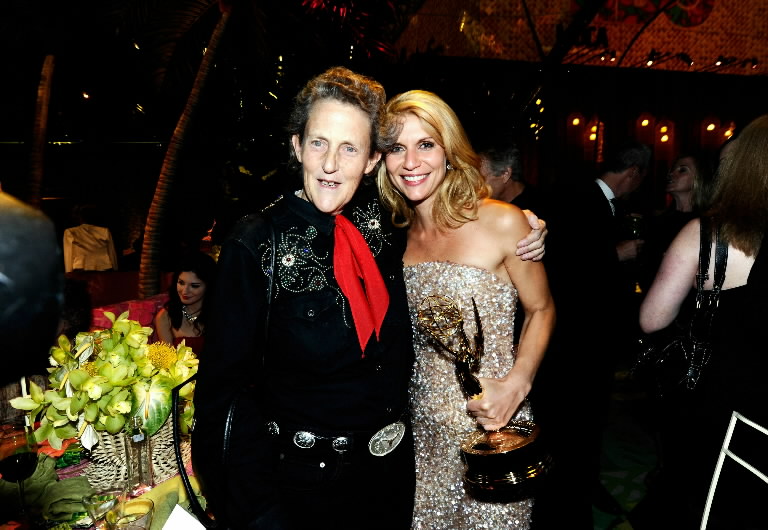NY State Health Exchange Commission Omits NY State Nurses Association
The health care reform law authorizes states to form health insurance exchanges to
provide people with competitive options for coverage if they aren’t already covered by their employers. In New York, Governor David Paterson announced a list of 37 organizations that will be represented on a Health Care Reform Advisory Committee the that will advise the governor and his Health Care Reform Cabinet on the development of the state’s exchange. While the Medical Society of the State of New York is on this list, the New York State Nurses Association is not. NYSNA is asking that people contact the governor to urge him to fix this oversight: http://www.ny.gov/governor/contact/GovernorContactForm.php
And given the importance of nurses to reforming health care, one can only assume that this was an oversight on the governor’s part.
Diana J. Mason, PhD, RN, FAAN, Rubin Professor of Nursing
The health care reform law authorizes states





